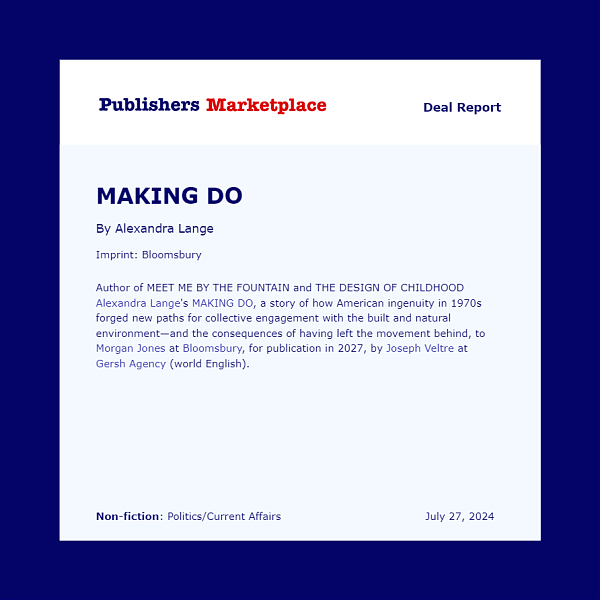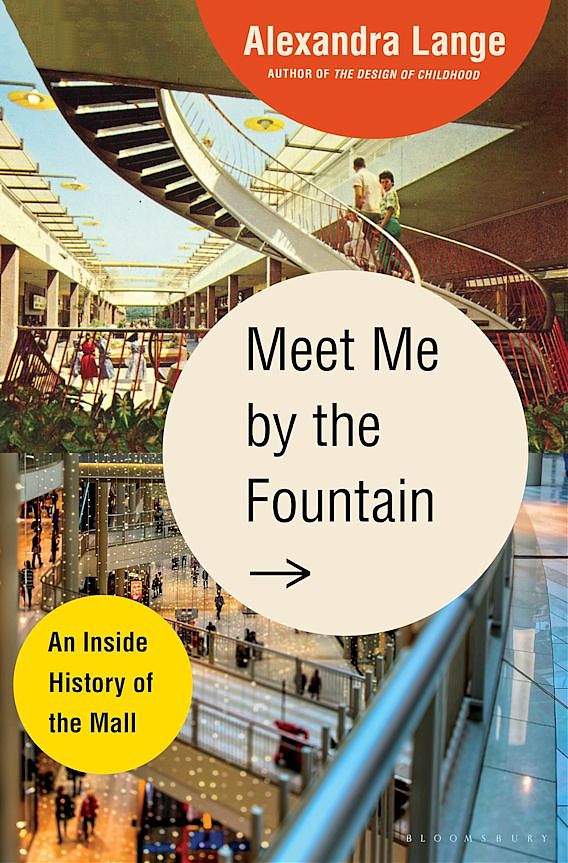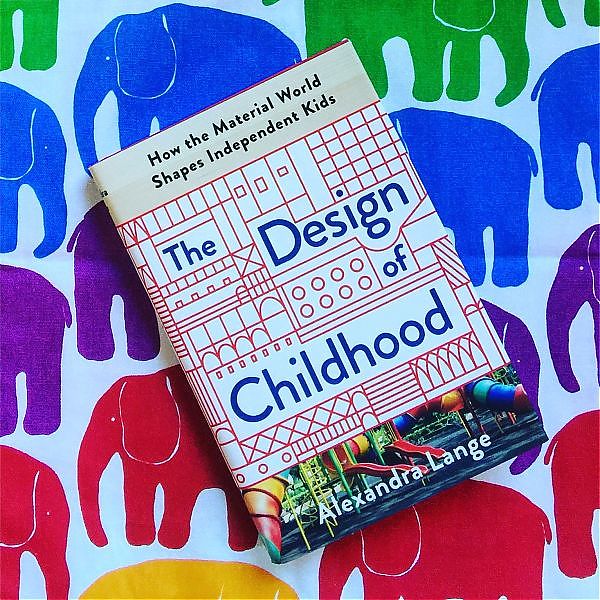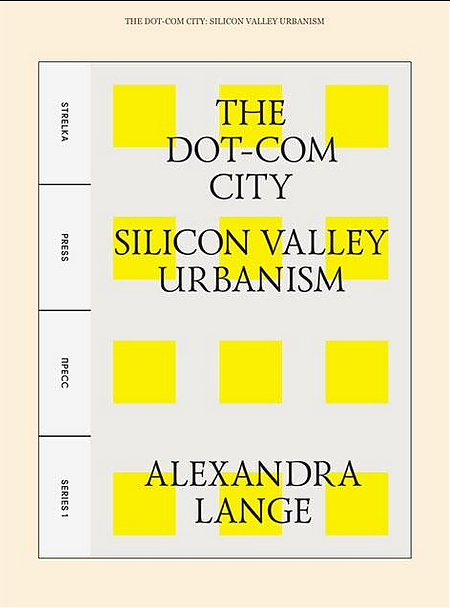Making Do: Coming in 2027

Meet Me By the Fountain: An Inside History of the Mall

My new book (yay!) is available for pre-order now at Amazon, Bookshop or the independent bookstore of your choice (I like McNally Jackson). Publication June 2022.
A portrait—by turns celebratory, skeptical, and surprisingly moving—of one of America’s most iconic institutions, from an author who “might be the most influential design critic writing now” (LARB).
Few places have been as nostalgized, or as maligned, as the American mall. Since its birth around the turn of the 1950s, it has loomed large as the temple of commerce and the agora of the suburbs. In its prime, it proved a powerful draw for creative thinkers from Joan Didion to Ray Bradbury to George Romero, who understood its appeal as both critics and consumers. Yet today, amid the aftershocks of financial crises and a global pandemic, as well as the rise of online retail, the dystopian husk of an abandoned shopping center has become one of our era’s defining images. Conventional wisdom holds that the mall is dead. But what was the mall, really? And have rumors of its demise been greatly exaggerated?
In her acclaimed The Design of Childhood, Alexandra Lange uncovered the histories of toys, classrooms, and playgrounds. She now turns her sharp eye to another subject we only think we know. She chronicles postwar architects’ and merchants’ invention of the mall, revealing how the design of these marketplaces played an integral role in their cultural ascent. In Lange’s perceptive account, the mall becomes newly strange and rich with contradiction: Malls are environments of both freedom and exclusion—of consumerism, but also of community. Meet Me by the Fountain is a highly entertaining and evocative promenade through the mall’s story of rise, fall, and ongoing reinvention, for readers of any generation.
The Design of Childhood: How the Material World Shapes Independent Kids

From building blocks to city blocks, an eye-opening exploration of how children’s playthings and physical surroundings affect their development.
Parents obsess over their children’s playdates, kindergarten curriculum, and every bump and bruise, but the toys, classrooms, playgrounds, and neighborhoods little ones engage with are just as important. These objects and spaces encode decades, even centuries of changing ideas about what makes for good child-rearing-and what does not. Do you choose wooden toys, or plastic, or, increasingly, digital? What do youngsters lose when seesaws are deemed too dangerous and slides are designed primarily for safety? How can the built environment help children cultivate independence? In these debates, parents, educators, and kids themselves are often caught in the middle.
Design critic Alexandra Lange reveals the surprising histories behind the human-made elements of our children’s pint-size landscape. Her fascinating investigation shows how the seemingly innocuous universe of stuff affects kids’ behavior, values, and health, often in subtle ways. And she reveals how years of decisions by toymakers, architects, and urban planners have helped—and hindered—American youngsters’ journeys toward independence. Seen through Lange’s eyes, everything from the sandbox to the street becomes vibrant with buried meaning. The Design of Childhood will change the way you view your children’s world-and your own.
See more: Bloomsbury
Writing About Architecture: Mastering the Language of Buildings and Cities

Extraordinary architecture addresses so much more than mere practical considerations. It inspires and provokes while creating a seamless experience of the physical world for its users. It is the rare writer that can frame the discussion of a building in a way that allows the reader to see it with new eyes. Writing About Architecture is a handbook on writing effectively and critically about buildings and cities. Each chapter opens with a reprint of a significant essay written by a renowned architecture critic, followed by a close reading and discussion of the writer’s strategies. Lange offers her own analysis using contemporary examples as well as a checklist of questions at the end of each chapter to help guide the writer.
Includes analysis of critical writings by Ada Louise Huxtable, Lewis Mumford, Herbert Muschamp, Michael Sorkin, Charles Moore, Frederick Law Olmsted, and Jane Jacobs. Architects covered include Marcel Breuer, Diller Scofidio + Renfro, Field Operations, Norman Foster, Frank Gehry, Frederick Law Olmsted, SOM, Louis Sullivan, and Frank Lloyd Wright.
The Dot-Com City: Silicon Valley Urbanism

On their bland campuses, the likes of Apple, Google and Facebook dominate the world, removed from the mess and the prying eyes of the real city. But while their products are discussed endlessly, their urbanism has rarely been. So what does it look like? To date, the Silicon Valley campus has served as a backdrop to many a sun-kissed founder photoshoot, but there is little understanding of the distinctive urban personality that separates the village of Facebook from the town of Google or the truly urban Twitter (which recently decided to move to San Francisco’s notoriously un-gentrifiable Tenderloin). This investigation of the private towns of Silicon Valley examines the tech campus as a typology and seeks to discover what it says about the companies we think we know.
Design Research: The Store that Brought Modern Living to American Homes

Long before the self-service bin and do-it-yourself dreams of IKEA were a reality, there was a man named Benjamin Thompson. In 1953, he founded Design Research (D/R) in Cambridge, Massacussetts, dubbing it a “general store of good design,” through which he sought to bring quality products into the American home. Marimekko dresses, Niederer glass, Chemex coffee makers and the Blow chair were just a few of the iconic items Thompson introduced to America. A combination of modern and folk aesthetic, D/R became an inspirational showcase for postwar families.
Constructed through scrapbooks, photographs and ephemera, Design Research: The Store that Brought Modern Living to American Homes tells the story of D/R and its founder through the eyes of the people who knew Benjamin Thompson best: his wife, staff and customers. Co-authored by his wife — Jane Thompson — and Alexandra Lange, Design Research is an intimate oral history that chronicles one of America’s finest general stores and its pioneering leaders.
On X
Follow @LangeAlexandraOn Instagram
Featured articles
CityLab
New York Times
New Angle: Voice
Getting Curious with Jonathan Van Ness